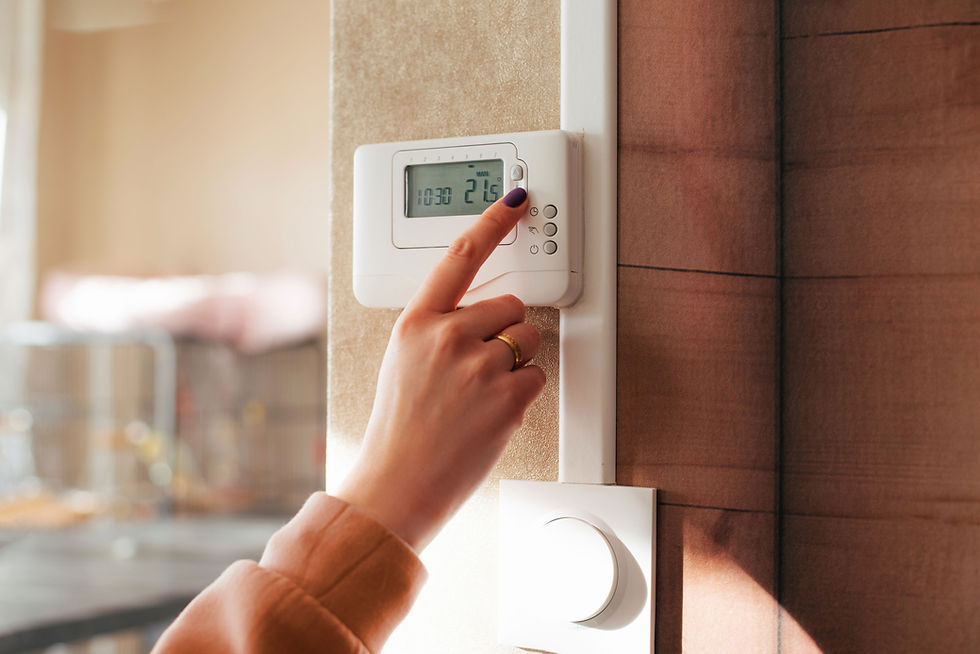Voice control vs Touch control: Which One Gets Things Done Faster in Your Daily Routine?
- Dennis Asis

- Jun 23
- 3 min read

In our fast-paced world, finding quick and effective ways to accomplish tasks is essential. Two popular technologies that have reshaped our daily routines are voice assistants and touch panels. Each of these tools offers unique benefits, but which one actually helps you get things done faster? Let's break down the details of both technologies to make a better choice.

What Are Voice Assistants?
Voice assistants, like Siri, Google Assistant, and Alexa, enable users to control devices with simple voice commands. This hands-free functionality allows you to set reminders, play music, search the internet, and manage smart home devices, all without lifting a finger.
The convenience of voice assistants is a significant selling point. For example, while cooking a meal, you may need to check the time. Instead of stopping to look at your phone, you just ask, "What time is it?" This interaction takes only a few seconds, making it much faster than fumbling with your device.
Additionally, a study found that voice commands can be up to 30% faster than using a touchscreen for simple tasks like setting alarms or getting weather updates.

Touch Panels: The Classic Approach
On the other hand, touch panels are a staple in most gadgets, from smartphones to tablets. They provide a tactile user experience that many find appealing and satisfying. Touch panels allow for intuitive navigation through apps with taps and swipes, giving you direct control over your device.
The speed of touch panels can be impressive, especially for tasks requiring multiple selections. For instance, if you're quickly scrolling through a playlist on your music app or navigating through photos, a simple tap or swipe might be the fastest option. It's easy to visually confirm your choices, making touch interactions feel secure.
Research indicates that 80% of users prefer touch interfaces for tasks requiring precision, like editing images or selecting specific files. This preference can impact how quickly users accomplish complex tasks. voice control vs touch control

Speed Showdown: Voice vs. Touch
Deciding which technology is faster often depends on the specific task at hand. For quick queries, voice assistants are typically faster. Asking, "What’s on my calendar today?" can save time compared to navigating through multiple screens on a touch panel.
However, if your task involves detailed interactions—such as editing a document or managing complex spreadsheets—a touch panel can outpace voice assistants. The ability to zoom in with fingers or drag and drop items allows for greater accuracy than voice recognition, which can misinterpret commands.

The User Experience
User satisfaction is a key factor in this discussion. Some users appreciate the hands-free opportunities that voice assistants provide, allowing for multitasking, while others favor the tactile control offered by touch panels.
To determine which method works best for you, consider your daily routines. Do you often scramble to do multiple things at once, or do you prefer a more focused, hands-on interaction with your devices? Understanding your preferences can help guide your choice.

Final Thoughts voice control vs touch control
In the ongoing comparison of voice assistants and touch panels, the answer to which is faster isn't straightforward. Each technology has strengths that cater to different user needs and situations.
For quick, hands-free tasks, voice assistants have a slight advantage. However, for intricate tasks requiring fine movement or detailed attention, touch panels often perform better. Ultimately, the best approach is to integrate both technologies into your routine. By doing so, you may find that you can achieve a balance that boosts your productivity and helps you complete tasks even faster!
Head over to our Resource Section for more insights and useful references.





Comments